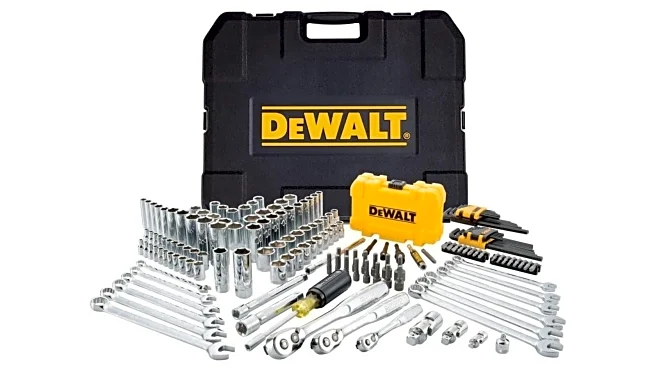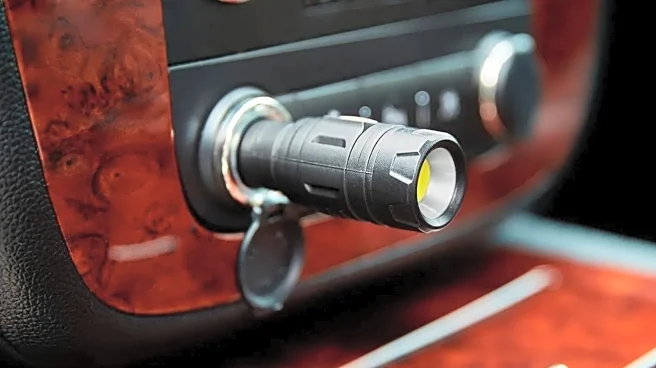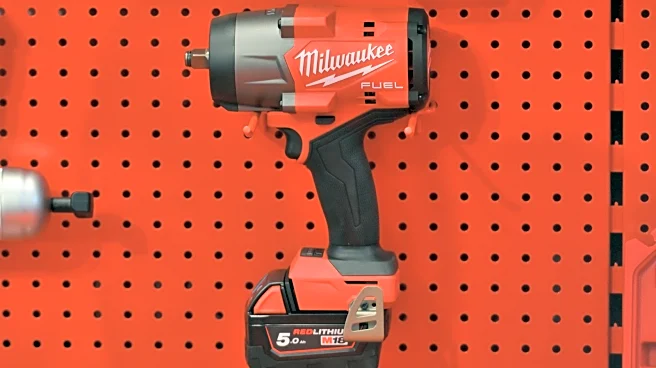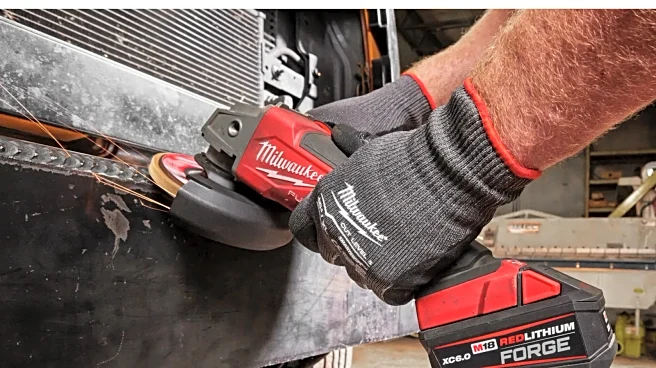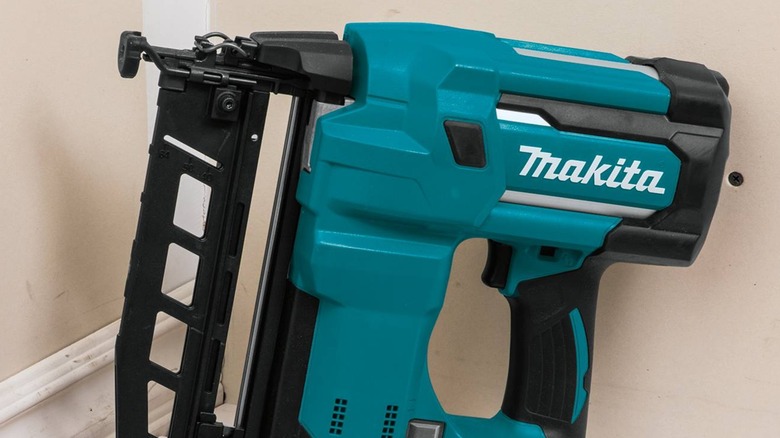
Name-brand hardware, including both power tools and batteries, isn't cheap. Most tools from the major brands like Milwaukee and Makita will run you at least $100, baseline, to say nothing of battery packs to actually power everything. If you have both Milwaukee and Makita tools in your cabinet, that means you need to spend around $160 twice just so you can power all of them. Maybe the best solution for that is to just try and stay within one brand's ecosystem as much as possible, but as much as the brand itself
would probably appreciate that, life isn't always so accommodating.
If this feels like an obvious problem to encounter in your work, such as when you're buying Makita tools for personal projects, Milwaukee tools for professional metal work, or various other permutations of handiwork, you're not the first one to notice it. The equally obvious solution would be to just use Milwaukee's batteries on Makita tools and save yourself $160, but unfortunately, that's one solution that won't fly. Due to differences in physical connections and power transfer technologies, Milwaukee batteries are wholly incompatible with Makita tools, and while there are technically third-party adapters available that could facilitate a connection, using them may end up causing you more headaches than it alleviates in the long run.
Read more: 6 Non-DeWalt Tools That Work With DeWalt Batteries
Milwaukee Batteries Won't Fit Makita Tools And Vice Versa
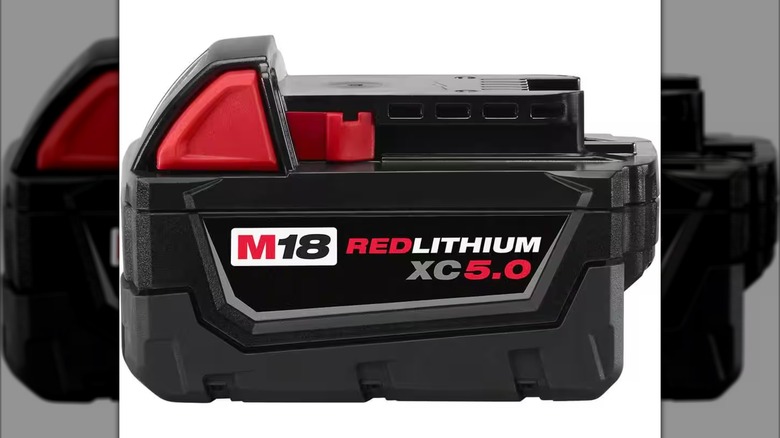
Milwaukee and Makita power tool batteries are conceptually very similar. They both utilize the same levels of power delivery, they're both rechargeable, they both lock onto their respective tools, and so on. However, within these simple frameworks, there is a veritable galaxy of differences that prevent the proverbial brand lines from being crossed.
Take, for example, a Milwaukee M18 18V battery pack versus a Makita 18V LXT battery pack. Their voltages may be the same, but if you take a look at the tops of each pack, you'll see the problem. The top of a Milwaukee M18 battery has a comb-shaped panel with five divots, within which are the battery's power transfer terminals. The sides of this panel also have half-oval-shaped connector rails. A Makita LXT battery, meanwhile, has a recessed center with a central component dotted with small terminals, plus connector rails that slope downward instead of horizontally.
These differences effectively mean that there is no way to connect a Milwaukee battery to a Makita tool, and vice versa. The differences in connector rails alone would prevent the Milwaukee battery from actually snapping into place on a Makita tool, and even if you could get a firm connection somehow, the substantial differences in terminal placement mean that the battery wouldn't be able to actually transfer any power to the tool's receiver. It would kind of be like taping a plug to a wall a couple of inches away from an outlet.
There Are Third-Party Adapters, But Using Them Is Risky

As we mentioned, if you find this small yet major disconnect between power tool systems irritating, you're definitely not the only one. As has often been the case, there's money to be made in circumventing brand restrictions, which, in this scenario, has manifested as an official sub-industry of power tool battery adapters. There are quite a few different adapters available on platforms like Amazon, built and sold by third parties to specifically connect one brand's batteries to another brand's tools. By snapping an adapter onto the top of a Milwaukee battery and the bottom of a Makita tool, you can facilitate a flow of power.
However, it should be stressed that circumventing technological limitations like this carries potentially severe risks. Within a Milwaukee battery, in addition to the actual power storage, is a small circuit board that controls the rate and flow of power delivery. This little computer communicates with a connected tool to deliver the right amount of power for that particular tool's needs, which helps keep the process safe and optimized. When you use a battery adapter, though, that circuit board is completely bypassed, effectively forcing the battery to deliver power. Sending power in this unoptimized manner could result in undervolted performance for the tool, or worse, exponentially more power than the tool can safely use, resulting in a complete motor burnout. Not only does this result in broken tools and/or batteries, but if anything does break, neither Milwaukee nor Makita will help you out, as using third-party accessories violates their respective warranties.
Want the latest in tech and auto trends? Subscribe to our free newsletter for the latest headlines, expert guides, and how-to tips, one email at a time.
Read the original article on SlashGear.


